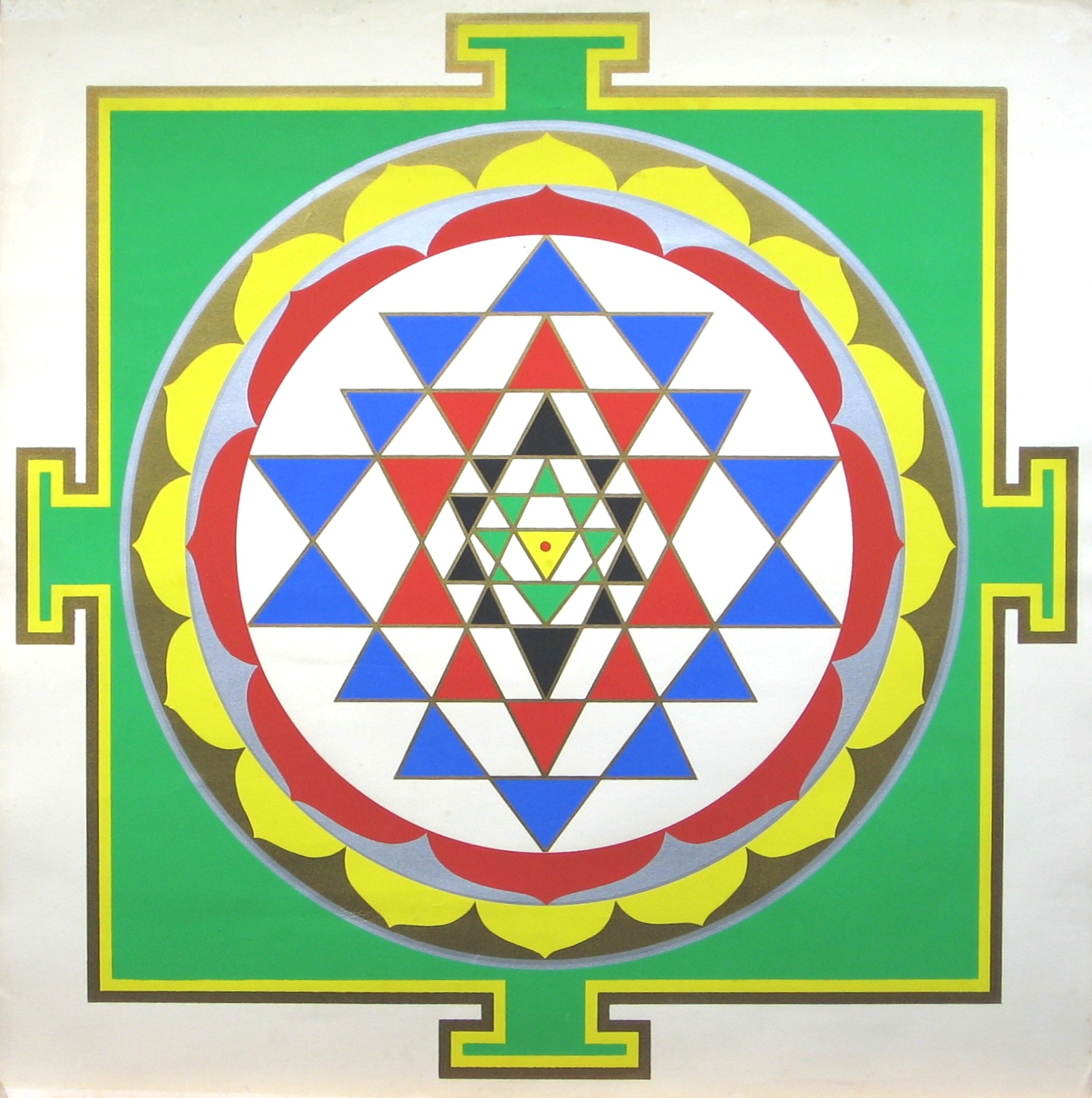up:: Hindu Philosophy, Meditation
Tantra
Trataka: Fixed Point Gazing
Trataka, or fixed point gazing, is one of my favorite practices. It teaches all kinds of weird things. First, it teaches us how to control the mind and physical impulses by bringing our mind to the present very strongly. Since holding your eyes open can be difficult after 20, 30 seconds, your mind will be focused on this completely. Secondly, it’s very hard to “think” during Trataka. So you practice bringing the mind to one point very quickly and maintaining it there. Finally, Trataka is cleansing for Ajna chakra.
(Note: Always follow your body’s signals. Don’t continue doing the practice if you feel strain or significant discomfort. Don’t just “power through” – listen to your body and take breaks! If you experience any side effects of the practice, please consult a medical professional.)
Phase 1: External Trataka
- Get a candle and a tool to light it
- Pick a place that is quiet, not very windy, and light your candle
- Ideally, the flame on the candle is straight up and unmoving
- Close your eyes and take a few deep breaths
- Open your eyes and keep them open without blinking for the duration of the practice
- A half-lidded gaze is perfectly acceptable and can help us see comfortably
- Tears may form to lubricate your eyes, which is totally normal
- Over about 60-120 seconds, slowly start to move your gaze from the base of the candle up towards the top of the candle
- Start by looking at the base of the candle
- Slowly move your gaze up towards the flame
- Gaze at the bottom of the wick of the flame
- Then gaze at the “empty” part in the middle of the flame
- And finally, gaze at the heart of the flame itself
- Your gaze shouldn’t shift back and forth – but unrelentingly towards the heart of the flame
You can do this practice for about 1-5 minutes, depending on comfort. If you have any difficulties, give yourself a chance to rest. Over time, people can build up the capacity to do Trataka for 10-20 minutes at a stretch.
Yantra: Internal Trataka
A Yantra is a Tantric symbol of power. The Tantrics believed that meditating on these symbols would cultivate particular kinds of spiritual energy. When we close our eyes, we can notice the screen of our mind, or Akash meaning “space or sky” in our chitta which means “mind”. It is almost like a monitor in our brain, where we can visualize things, imagine things, or see after images. From a biological perspective, our eyes have pigments called rhodopsins that become exhausted when we stare at something too long. As a result of rhodopsin exhaustion, we see “after images” that include the negative or opposite color of what we were gazing at.
Internal trataka leverages these principles to create a visual object for us to focus on in the mind. This practice also teaches us “Vairagya” or detachment.
Phase 2: Internal Trataka
- Do external trataka as usual but at the end close your eyes
- Keep your internal attention or gaze on the after image of what you were looking at
- It will look like a negative of the image, such as a blue flame if you were using a candle or an interesting pattern if using a yantra
- You may want to “relax” your eyes, even with them closed, if you begin to feel any strain
- Take a deep breath and let your eyes relax
- Let your attention unfocus for a few moments, before going into focusing again
- Now you get to two more things –
- The first is a very easy access to a trippy experience in meditation
- The second is learning to wrangle your mind in a weird way
- As you hold onto the image of the candle flame as long as you can, you’ll discover that causing the image to retain may involve relaxing the mind while retaining focus
- If you try to hard the image will slip away, almost like holding water, so you have to learn to be gentle and persistent with your mind
- Practice what we call “letting go” or “detaching”
- Bring it into focus but if you relax too much or become too disengaged, it will disappear quickly
- So we learn how to be engaged with the mind but also detached
- Concentrate on the image until it slips away
- This can last for 5-20 minutes, depending on practice and aptitude
Post practice, let yourself relax, and you can move into other practices like silent mantra chanting or simply sitting in the space post-meditation.
